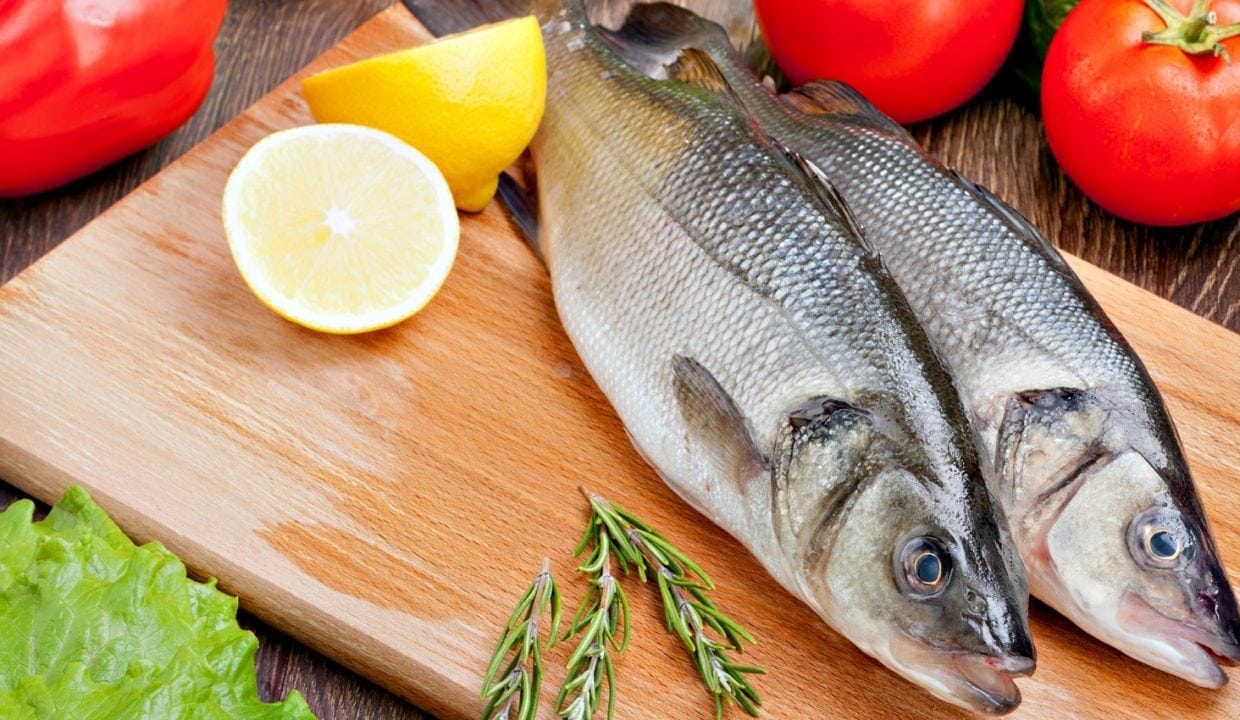Fish Stock
Demonstrated by River Cottage Chef, Andy Tyrell, using an ESSE CAT Gas Cooking Range
This is our basic fish stock, a light, well-flavoured broth that we use as a base for all manner of soups, plus sauces and risottos. It’s particularly good in ‘green’ soups – watercress, nettle or parsley, for example – even if no fish is being added to the soup.
Get into the habit of freezing all your white fish trimmings and you can soon build up a good stash for making stock. You can use the entire fish frame: bones, skin, head and tail – anything that’s not guts or gills. Not only is this good, thrifty cooking but making your own stock also gives you control over its flavour. Indeed, this recipe is only a guide. The more fish bits you pack into the pot, for instance, the more intense your stock will be. You can vary the vegetables too: trimmings of fennel bulbs, celeriac and shallots are all good candidates for inclusion.
The golden rule: all the fish trimmings must be scrupulously fresh (or fresh when they were frozen). A fish that only just passes the sniff test might have fillets that are just about worthy of the frying pan, but its bones will not be worthy of the stockpot.
Ingredients
Makes about 1.5 litres
- 2kg white fish trimmings, including at least 4 good heads
- 4 celery sticks, roughly chopped
- 2 garlic cloves, bruised but not peeled
- 2 onions, peeled and halved
- 2 carrots, chopped
- 2 bay leaves
- 5 thyme stalks
- A handful of parsley stalks
- 1/2 teaspoon black or white peppercorns
Method
Rinse the fish trimmings in cold water and put them in a large stockpot with all the other ingredients. Pack them in fairly well and add just enough cold water to cover everything. Bring up to a very gentle simmer. Skim off any scum that rises to the surface, then cover the pan and simmer for half an hour, taking care that the stock doesn’t boil fast at any point. A gentle, popping simmer is all that is necessary – overcooking or boiling can make the stock cloudy and chalky tasting.
Let the stock cool slightly before straining it into a container. You can use it straight away, or refrigerate it for up to 2 days, or freeze it.

